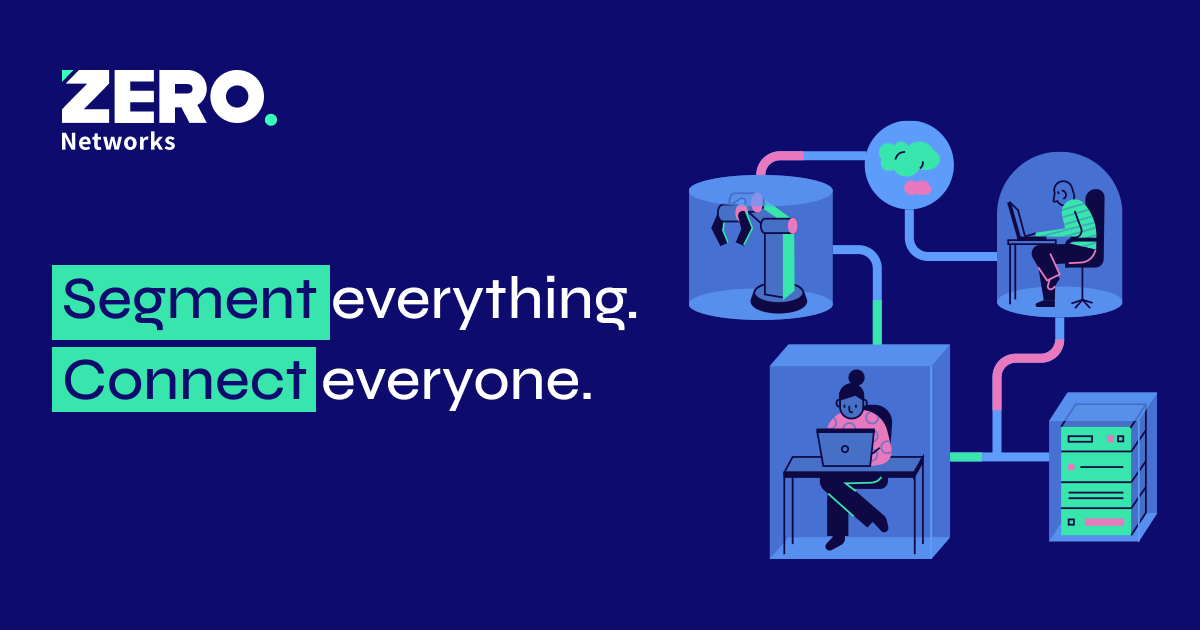The Boomerang Effect: Why Hybrid IT Models are Becoming the Norm
In today’s dynamic IT landscape, organizations must act nimbly in order to keep pace with evolving demands and maintain a competitive advantage.

Building a business-aligned infrastructure is critical to achieving this. As many enterprises that placed all their workloads into a single infrastructure environment such as hyperscale cloud platforms have realized, a one-size-fits-all solution can be a misstep—and potentially an expensive one. In fact, survey respondents from Flexera’s 2021 State of the Cloud report estimate that 30% of cloud spend is wasted.
No business wants to be part of this statistic, so many enterprises have begun “boomeranging” their workloads back from an all-in hyperscale cloud model to a hybrid IT model that maximizes cost-efficiency, performance, security and scalability.
The Inherent Benefits of Hybrid IT
Hybrid IT environments offer the best of all worlds. By seamlessly integrating a mix of colocation, on-premise, private cloud and public cloud infrastructures, hybrid IT creates a robust ecosystem that allows businesses to place each workload in the infrastructure solution that best matches its unique needs—improving costs, security and end-users’ experiences.
- Improved cost management. Cost efficiency begins with paying only for what you need. By placing individual workloads in the most appropriate deployment model – whether cloud or data center based – organizations improve their cost-effectiveness. While many companies turned to the public cloud for perceived cost savings, utilizing only this deployment model can limit visibility and control of resource usage, resulting in inefficiencies and higher-than-anticipated fees. With workloads strategically located in the most applicable environment, businesses are better able to control resources and maximize expenditures.
- Heightened security. Different applications and data require varying levels of security. Hybrid IT allows you to place workloads with protected data or personally identifiable information in a highly secure environment, while housing non-critical data in less restrictive environments.
- Compliance fulfillment. Regulatory standards for financial data, healthcare records and security protocols require businesses to take precautions around how and where their data is stored. For these organizations, there is a lot on the line as noncompliance can carry a hefty price tag: noncompliance of HIPAA rules can result in fines of up to $1.5 million dollars per company for each violation. Placing workloads with sensitive data in a more secure, flexible environment allows businesses to ensure stringent compliance regulations are met.
- Improved density. Hybrid IT allows you to optimize the density and design of services to better utilize spare resources at a potentially fixed cost structure. The evolution of computing hardware and associated system form factors, networking technologies and virtualization have drastically advanced enterprise computing performance at a fraction of the physical space. This may result in higher customers served per unit, at a lower cost.
- Enhanced user experience. According to a recent survey, 51% of end-users are not getting data when they need it. This equates to a subpar user experience, something no company wants to settle for in a competitive business landscape. A hybrid IT environment can improve performance metrics and deliver a better experience for customers and employees. For instance, many workloads cannot tolerate the transport latency that a centralized deployment model may cause. Hybrid IT allows you to place dynamic workloads – especially emerging edge applications, video, and IoT – closer to end-users to reduce latency and allow applications to scale to keep up with service demand.
Avoid the Boomerang Effect
While hybrid IT doesn’t come without complexity, the value it delivers is well worth the investment. Learn from enterprises that are “boomeranging” back to hybrid IT models after realizing hyperscale cloud environments don’t meet all business requirements. Taking the time to better understand your workloads and applications before placing them all in a single infrastructure environment will inevitably lead to a more dynamic, cost-effective and resilient IT infrastructure.
Read more on the Boomerang Effect here.
Related Articles
Join The GBI Impact Community
Sign up to make an impact and hear about our upcoming events
By registering anywhere on the site, you agree with our terms and privacy policy



